Review: LACO Explores the Sextet
The Los Angeles Chamber Orchestra (LACO) called its most recent concert series "A Brahmsian Affair," though I might have given it an alternative title: "The Curious Case of the String Sextet."
While countless pieces have been written for string quartet, the string sextet - two violins, two violas and two celli - remains an unusual configuration. And Saturday night's LACO concert at the Colburn School's Zipper Hall (repeated Sunday at The Wallis) featured an entire program devoted to that set-up, with Johannes Brahms' two sextets as well as the world premiere of a sextet "(Please Don't) Look Away" by Los Angeles-based composer Julia Moss (b. 1999).
As I mentioned, the sextet is unusual - Brahms wrote two of them, and he had little precedent for the genre, other than a set of six them that were written in 1776 by Boccherini, one in 1848 by Ludwig Spohr, and a few by lesser-known composers. There are none by Beethoven or Mozart (unless you count an 1808 transcription of Mozart's "Sinfonia Concertante"). There are a few notable sextets that came after those by Brahms, for example, Tchaikovsky's "Souvenir de Florence" and Arnold Schoenberg's "Verklärte Nacht," which is a sextet in its original form, though arguably more popular in its string orchestra arrangement.
There is a certain equal-mindedness about a sextet - which includes two of every instrument, a situation that also allows more opportunity for the viola and cello to hold the musical spotlight, with a partner to hold down the usual duties of playing bass or filling an inner voice. Perhaps it is no coincidence then, that Moss, a composer whose primary instrument is the viola, would be attracted to the sextet. She gave the viola a starring role in "(Please Don't) Look Away" - and she could not have asked for a better viola star than LACO's principal violist Yura Lee to bring it to life.
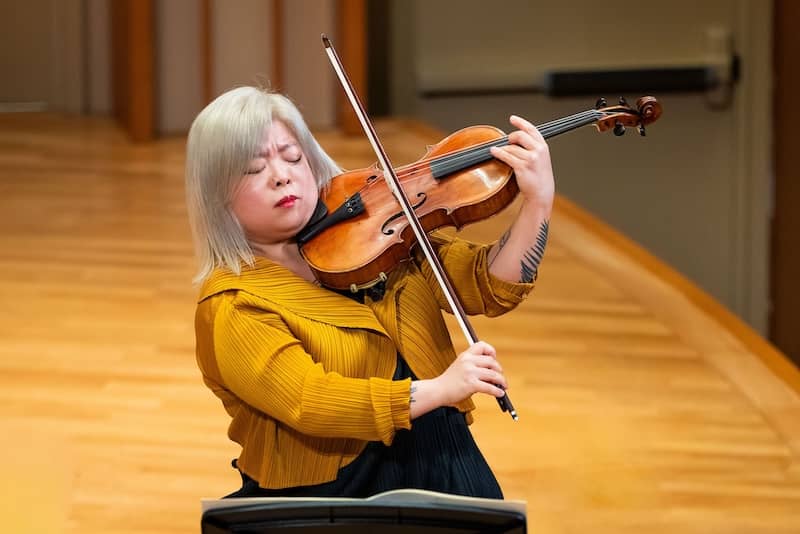
Violist Yura Lee, performing Saturday with LACO. Photo by Elizabeth Asher.
Moss's piece, sponsored by the new Sarah Gibson Foundation, opened the concert on an experimental note - but don't wince at that word - this was not an unpleasant one. It began in the first viola, with a low and breathy harmonic. The other instruments joined in a similar vein, with a surface-y ponticello sound, giving the effect of a soft wind.
In addition to Lee, this group was led by violinist and LACO concertmaster Margaret Batjer and also included violinist Susan Rishik, cellists Andrew Shulmand and Trevor Handy, and violist Robert Brophy.
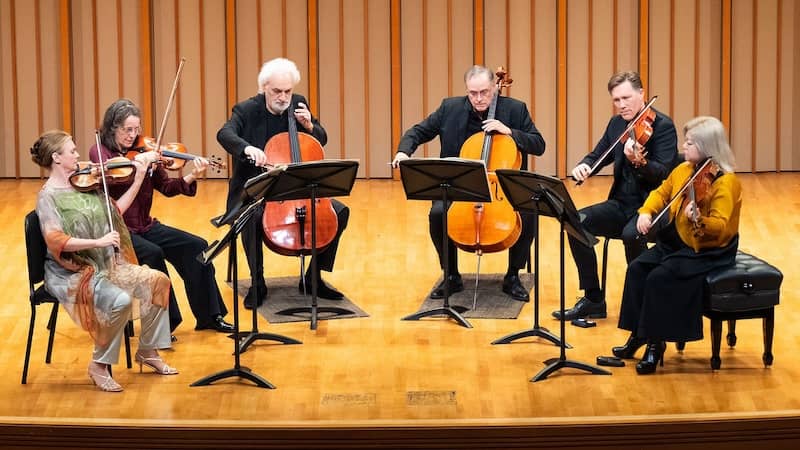
LACO sextet: Margaret Batjer, Susan Rishik, Andrew Shulman, Trevor Handy, Robert Brophy and Yura Lee. Photo by Elizabeth Asher.
With their delicate touch and bow control, these musicians achieved a great many fine gradations ranging from surface sound through a deeper more speaking tone, then back again. It was all very atmospheric and amorphous. While Moss's music had a pulse, it wasn't an obvious one - Batjer led the group by conducting with her scroll.
There were slightly extended techniques - but used to gentle effect: the aforementioned ponticello, col legno (using the wood of the bow), harmonics, etc.
At a certain point Lee started plucking the strings of her viola, holding it guitar-style - it felt like she became the story-teller: the tempo of the tale was in her hands. The mood was spooky - like ghosts speaking in conversation, with sliding melodies over the first viola's circular pizzicato patterns. This was artful pizzicato by Lee, in a myriad shades of quiet. It was textural and repetitive, with elements of impressionism as well as minimalism.
What did it all mean? I'm not sure, but I did enjoy it, and I appreciated the imaginative sound world created by this composer with this group of instruments. (Sometimes I appreciate without enjoying - this I genuinely found enjoyable.) And, this was one of those special occasions when the composer was in the audience to hear her piece very well-played and warmly received.
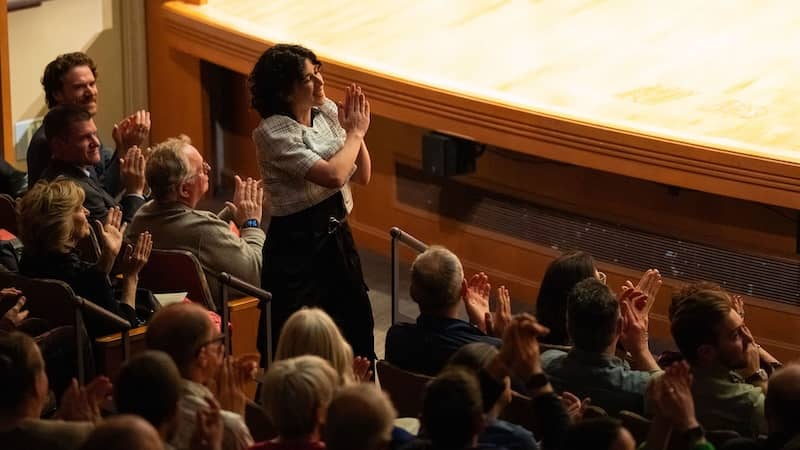
Composer Julia Moss. Photo by Elizabeth Asher.
I found that I was still in "feel-the-atmosphere" mode, as I listened to the Brahms that came next. Like Moss's piece, Brahms' String Sextet No. 2 in G major, Op. 36 begins in the first viola, but instead of creating a ghosty fog, the violist makes a wave. And the wave keeps going and gets passed around the ensemble. At least one player almost always was wavering between close intervals, often placing them on adjacent strings, the bow literally drawing those waves in the air as it toggles back and forth.
The performers for this sextet were a slightly different group, with LACO Assistant Concertmaster Tereza Stanislav now at first violin, violinist Joel Pargman and cellist Giovanna Clayton. The violas remained the same - with Brophy now on first viola and Lee second, and cellist Andrew Shulman.
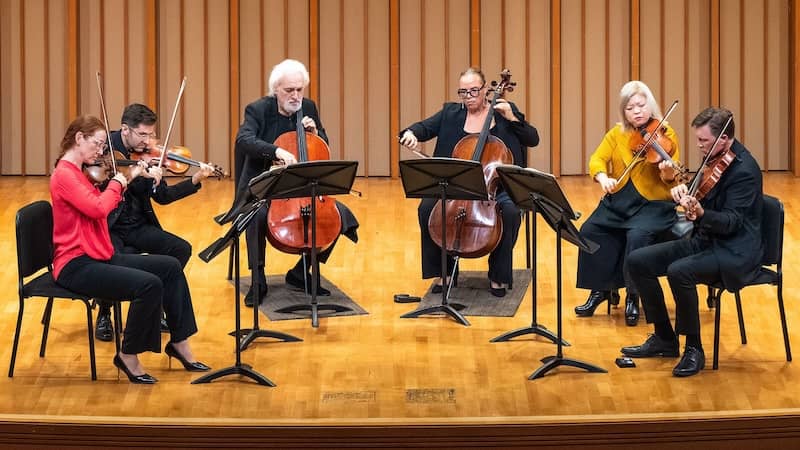
LACO sextet: Tereza Stanislav, Joel Pargman, Andrew Shulman, Giovanna Clayton, Yura Lee and Robert Brophy. Photo by Elizabeth Asher.
This sextet, written by Brahms in his early 30s, was his "farewell to love" - written in the wake of a broken engagement some six years before. The second-movement Scherzo involved fluid musical lines passed around, sometimes with two instruments playing in unison octaves. The precision very impressive on this night, the line never broken.
The Adagio featured murky Brahmsian rhythms, setting triple against duple as this composer so often does- creating a sense of conflict, a colliding of ideas.
The last movement was energetic and fast. A rather complex fugue-ish episode at the end was quite exciting - to see a group dance this fast on a tight rope and make it work with so much precision - it's a real thrill!
The evening ended with a return to the first group of musicians, headed up by Margaret Batjer, and a performance of Brahms' String Sextet No. 1 in B flat major, Op. 18, written when the composer was just 26.
It was hard to decide whom to watch - the incredibly engaged violas - Yura and Rob, the intense celli, Andrew occasionally emerging with an artfully sculpted solo, or the violins, with Margaret embodying every mood, be it decisive, placid, or general heart-on-the-sleeve emotion. A highlight was the end of the first movement: a beautifully voiced and delightful pizzicato passage.
So what do I think of the sextet? Certainly the grouping is more unwieldy than the string quartet, and more difficult to bring together (it might not fit in my living room, for example), and undoubtedly more difficult to bring under control without a designated conductor.
But the possibilities are exciting - the sounds are varied and appealing, and they are largely unexplored. A quartet, with an extra viola and an extra cello? Go at it, my composer friends!
You might also like:
- Review: LACO Sets the Standard with Impressive Season Debut
- Review: LACO Highlights Chamber Music by Women Composers
- First Look: Colburn School's New Concert Hall for Los Angeles
* * *
Enjoying Violinist.com? Click here to sign up for our free, bi-weekly email newsletter. And if you've already signed up, please invite your friends! Thank you.
Replies
I hosted a sextet morning at my house recently. That grouping just fits in my living room. The Brahms sextets are thrilling to play and there are others if there's time - Gade wrote one.
Antonin Dvorák wrote a splendid string sextet in 1878.The late Joseph Silverstein led a performance of the Boston Symphony Chamber Players that is not to be missed:
https://youtu.be/ET3O3-eLUXs?si=rXml4q2qHs0I28sj
Also not appearing on the list above is the opening of Richard Strauss’ final opera, Capriccio.
The Mozart arrangement, while not thought to be by Mozart himself, is fun to play, not least for the pleasure of seeing cellos tackling some of the solo passagework, which unlike the violins and violas they have probably never had any reason to learn. And just to keep it fair, the violins and violas who get too smug because they learned the original get tripped up by unexpected changes.
Sounds wonderful!
I do treasure the rather unique sounds of the Amadeus Quartet who made a mind blowing recording of the Brahms sextet. The photo of Yura Lee is one to treasure, especially for teachers trying to explain to recalcitrant students that ‘Yes, you do have to bow near the bridge.’
It is curious that whenever composers would add another instrument to the quartet they would chose an extra viola or cello instead of the Bass. Adding the Bass gives the ensemble the big sound of a string orchestra, at least to my ears. The Dvorak quintet is the one exception.
“The Dvorák quintet is the one exception.”
Um, no. See here: https://imslp.org/wiki/Category:For_2_violins,_viola,_cello,_double_bass
Sextets are tough to write for (and perform) because of balance issues. They're bottom heavy and the lower strings have to really rein it in at times for the violin lines to survive expecially in the lower violin registers (viola lines can get lost too).
Brahms dearly loved writing for 2 violas and you hear that in the sextets and also the (in my opinion even more brilliant) viola quintets.
The Strauss Capriccio (literally the overture to the opera of the same name) is a masterpiece, as is the Dvorak Sextet. Other excellent sextets worth reading and listening to are Neils Gade (Danish), Julius Rontgen (Dutch) and Frank Bridge.
I refer to the 2nd movement of Brahms op. 18 as the “anything you can play, I can play louder” movement “
This article has been archived and is no longer accepting comments.
Violinist.com is made possible by...
International Violin Competition of Indianapolis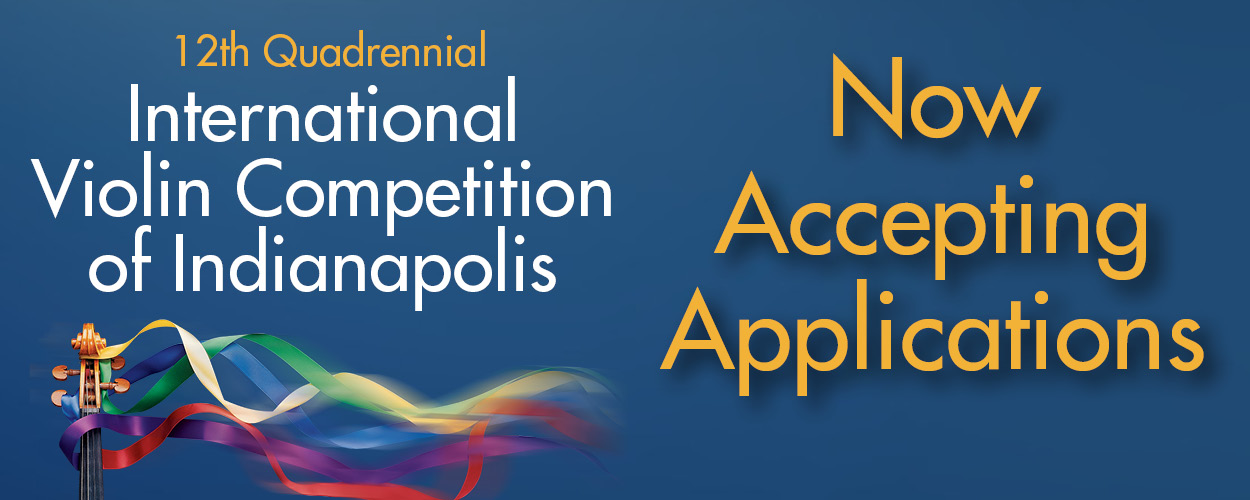
Violinist.com Holiday Gift Guide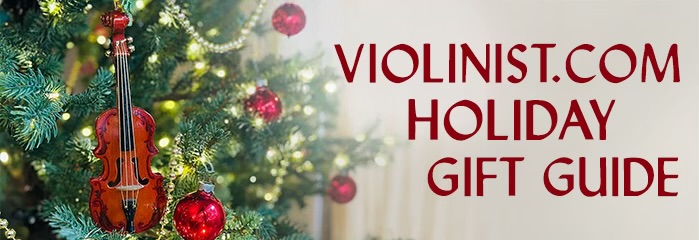
Dimitri Musafia, Master Maker of Violin and Viola Cases
Johnson String Instrument/Carriage House Violins
Subscribe
Laurie's Books
Discover the best of Violinist.com in these collections of editor Laurie Niles' exclusive interviews.

Violinist.com Interviews Volume 1, with introduction by Hilary Hahn

Violinist.com Interviews Volume 2, with introduction by Rachel Barton Pine





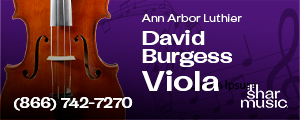





November 25, 2025 at 08:31 PM · Sounds like an amazing concert! Thank you for letting me be there, from a distance.